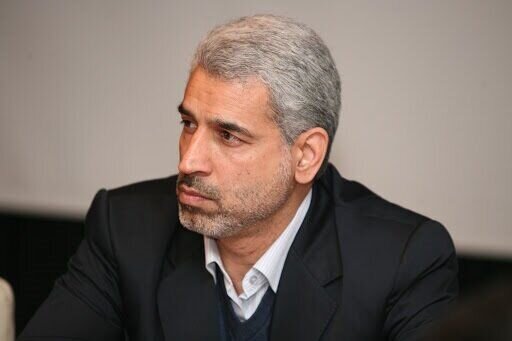Khuzestan governor proposes transfer of water-intensive industries to southern coasts

TEHRAN - Writing an article in the Iran newspaper on Monday, the governor of the southwestern province of Khuzestan proposes an array of solutions to deal with water shortage and droughts.
Sadegh Khalilian, who was also agriculture minister from 2009-2013, proposes a step-by step transfer of water-intensive industries to Iran’s southern coasts among other ways such as desalination of water, reducing water-intensive crops, developing greenhouse cultivation, etc.
Following is an excerpt of his article titled “Drought management and solutions”:
The Iranian plateau is located in arid and semi-arid region of the Earth and climate change over the last three decades has intensified water shortage in the country. Growing urbanization, establishment of water-intensive industries in the country’s central regions, failure to use new technologies or enforce an efficient water consumption pattern in three areas of agriculture, industry and drinking water have exacerbated the situation, especially in 2020/2021 crop year.
It is a fact that drought in Iran is not an exceptional phenomenon. Over the last 40 years, we have faced droughts for at least two decades. Iran was hardest hit by droughts in 2007/2008 and 2020/2021 crop years.
In the face of droughts and Iran’s geographical location, reforming water consumption and adopting related measures are a necessity.
The following policies and measures can be effective in the face of droughts:
1- Using technologies related to machinery and equipment, application of new irrigation systems, reducing cultivation of water-intensive crops in arid areas, and developing greenhouse cultivation.
2- Managing the storage and release of water in the reservoirs behind the dams during the year by predicting the weather conditions more accurately, not relying on generating electricity in summer from the dams and controlling winter floods, especially in March, can be effective in preserving water in provinces that are most vulnerable to droughts.
3- Increasing price of drinking water in a step-by-step manner for those who consume water more than what is normally acceptable, as well as using new bio- and nano- technologies in industrial and agricultural sectors.
4- Gradually transferring water-intensive industries in central provinces to the southern coasts, increasing the price of water used in industrial sector in order to control consumption, and recycling water used by industries.
5- Transferring water from the southern and northern coasts of the country to central regions, especially for water-intensive industries and desalinating seawater for drinking.
6- Increasing water prices coupled with double taxation for water used in garden-houses, especially in the provinces that are facing water shortage.
7- Compensating farmers whose share of water for irrigation is used by industries, garden houses, etc.
8- Using urban wastewater for industries and developing green spaces, gardens and wood cultivation.
9- Proper location of new water-intensive industrial projects and proper distribution of the population from areas facing water scarcity to areas in which citizens can have better access to water.
10- Paying attention to watershed management activities, integrated management of catchment, afforestation by using urban wastewater, preserving vegetation and allocating water for the environment.
To meet these goals, it is necessary to hold regular monthly meetings of the Supreme Water Council chaired by the president and form a permanent working group to deal with the drought under the guidance of the energy minister with the membership of the ministers of agriculture, industry, urban development, chief of the Department of Environment, and governors of Chaharmahal-Bakhtiari, Khuzestan, Isfahan and Yazd to make proper decisions.
Leave a Comment